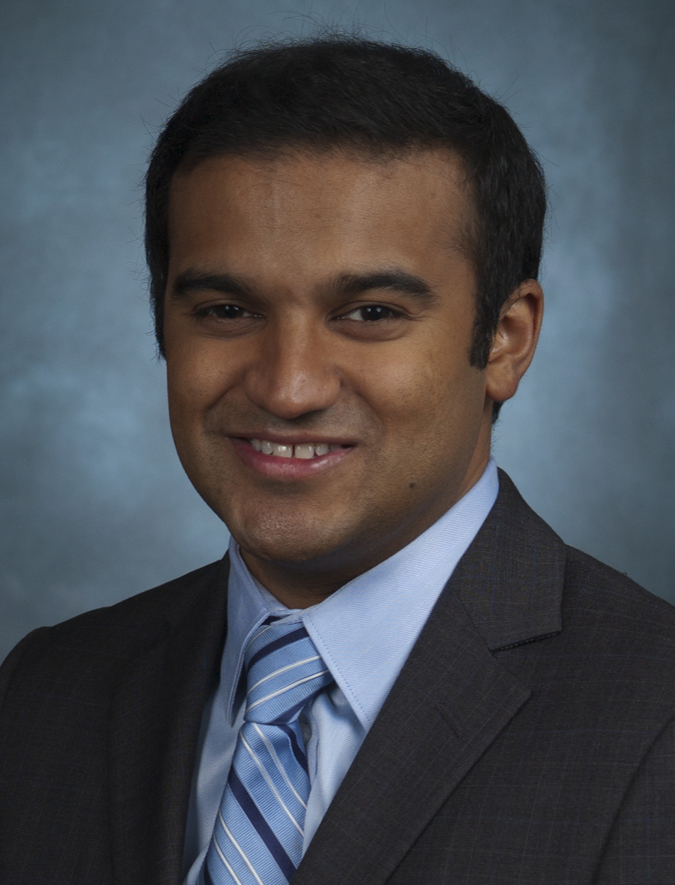Impaired Upper Esophageal Sphincter Reflexes in Patients with Supra-Esophageal Reflux Disease Journal Article
Local Library Link: Find It @ Loyola
| Authors: | Babaei, A.; Venu, M; Naini, S. R.; Gonzaga, J.; Lang, I.; Massey, B.; Jadcherla, S.; Shaker, R. |
| Article Title: | Impaired Upper Esophageal Sphincter Reflexes in Patients with Supra-Esophageal Reflux Disease |
| Abstract: | BACKGROUND AIMS: Normal responses of the upper esophageal sphincter (UES) and esophageal body to liquid reflux events prevent esophagopharyngeal reflux and its complications, but abnormal responses have not been characterized. We investigated whether patients with supra-esophageal reflux disease (SERD) have impaired UES and esophageal body responses to simulated reflux events. METHODS: We performed a prospective study of 25 patients with SERD (19-82 y old, 13 female) and complaints of regurgitation and supra-esophageal manifestations of reflux. We also included 10 patients with gastroesophageal reflux disease (GERD; 32-60 y old, 7 female) without troublesome regurgitation and supra-esophageal symptoms and 24 healthy asymptomatic individuals (controls; 19-49 y old, 13 female). UES and esophageal body pressure responses, along with luminal distribution of infusate during esophageal rapid and slow infusion of air or liquid, were monitored by concurrent high-resolution manometry and intraluminal impedance. RESULTS: A significantly smaller proportion of patients with SERD had UES contractile reflexes in response to slow esophageal infusion of acid than controls or patients with GERD. Only patients with SERD had abnormal UES relaxation responses to rapid distension with saline. Diminished esophageal peristaltic contractions resulted in esophageal stasis in patients with GERD or SERD. CONCLUSIONS: Patients with SERD and complaints of regurgitation have impaired UES and esophageal responses to simulated liquid reflux events. These patterns could predispose them to esophagopharyngeal reflux. |
| Journal Title: | Gastroenterology |
| ISSN: | 1528-0012; 0016-5085 |
| Publisher: | Unknown |
| Date Published: | 2015 |
| Language: | ENG |
| DOI/URL: |
S0016-5085(15)00973-7 |
| Notes: | LR: 20150725; CI: Copyright (c) 2015; GR: KL2 TR000056/TR/NCATS NIH HHS/United States; GR: P01 DK068051/DK/NIDDK NIH HHS/United States; GR: R01 DK025731/DK/NIDDK NIH HHS/United States; GR: UL1 TR000055/TR/NCATS NIH HHS/United States; JID: 0374630; OTO: NOTNLM; 2014/06/25 [received]; 2015/06/22 [revised]; 2015/07/07 [accepted]; aheadofprint |
LUC Authors
-
 17
17Venu
Related LUC Article
